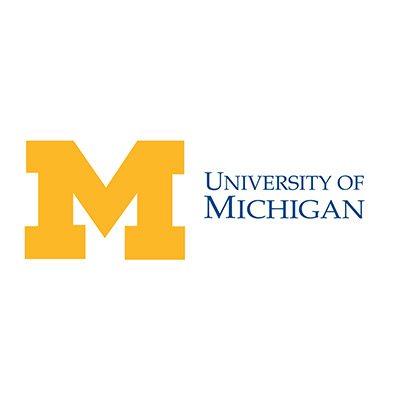


Streamlining the digital workflow and improving material offerings for designing and additively manufacturing customized ankle-foot orthoses (AFO) using AM specific functionality built on optimization software, unique fill patterns, and digital performance validation
This project aims to create a cyber-physical additive manufacturing system enabling the mass production of customized orthotic devices.
Problem
Current methods for the design and fabrication of custom orthoses lack accuracy and require multiple visits and long wait times, inconveniencing both patients and providers. Replacing current fabrication techniques with additive manufacturing (AM) provides the potential for mass customization, improved function, and adoption. This project seeks to address challenges in design methodology for AM throughput, durability, material strength, and system integration.
Objective
The objective of this effort is to create a cyber-physical fused deposition modeling (FDM) production system enabling the mass production of individualized orthoses. The ultimate goal is to offer “one day visits,” so that patients receive their custom orthosis on the same day that they are evaluated. To achieve the throughput and performance requirements, advancements in design for AM, specialized material offerings, system improvements, and a method to print multiple materials are needed to provide a high quality orthosis.
Technical Approach
The Cyber-Physical Design and Additive Manufacturing of Custom Orthoses (CYBER) Team led by the University of Michigan with support from Altair Product Design Inc. and Stratasys, Inc. is streamlining the digital workflow for AM design through the development of AM specific functionality built on Altair® OptiStruct®, an optimization software package which generates unique fill patterns and digitally validates performance. Stratasys, Inc. is tasked with making key improvements in throughput and material offerings using FDM. This combination of AM digital design and manufacturing technology development for the production of customized AFO facilitates the use of AM for balancing AFO weight, performance, and throughput. This design methodology, focused on AFO functional performance, is based on topology optimization for distributing material according to the required loading conditions using adaptive sparse fill patterns while still balancing efficient tool path movement and increased deposition rates. Additional targets for manufacturing advancements focus on next generation materials, multi-material, and multi-head deposition.
Accomplishments
The CYBER team successfully developed a digital workflow for AM design through the development of AM specific functionality by generating unique fill patterns and digitally validating performance. Key improvements were made in throughput and material offerings using FDM technology while developing an intuitive Orthotic & Prosthetic industry specific design centered on the production of customized AFO.
The challenges of uneconomical throughput and high material cost, multiple material deposition, and the lack of a clinical interface were solved and demonstrated to achieve a “one day visit” through the development of a “Design for Additive Manufacturing” methodology which provided a balance of strength, weight, and throughput. The team successfully accomplished its technical objectives and proved that AM can have a large impact on the healthcare industry, particularly in the area of customized medical assist devices.
Project Participants
Project Principal

Other Project Participants
- Stratasys Inc.
- Altair Product Design Inc.
- Becker Orthopedic
- Veteran Affairs Ann Arbor Healthcare Center
- Standard Cyborg
Public Participants
- U.S. Department of Defense
- National Science Foundation
- U.S. Department of Energy
